Eight true escapes where you can leave it all behind
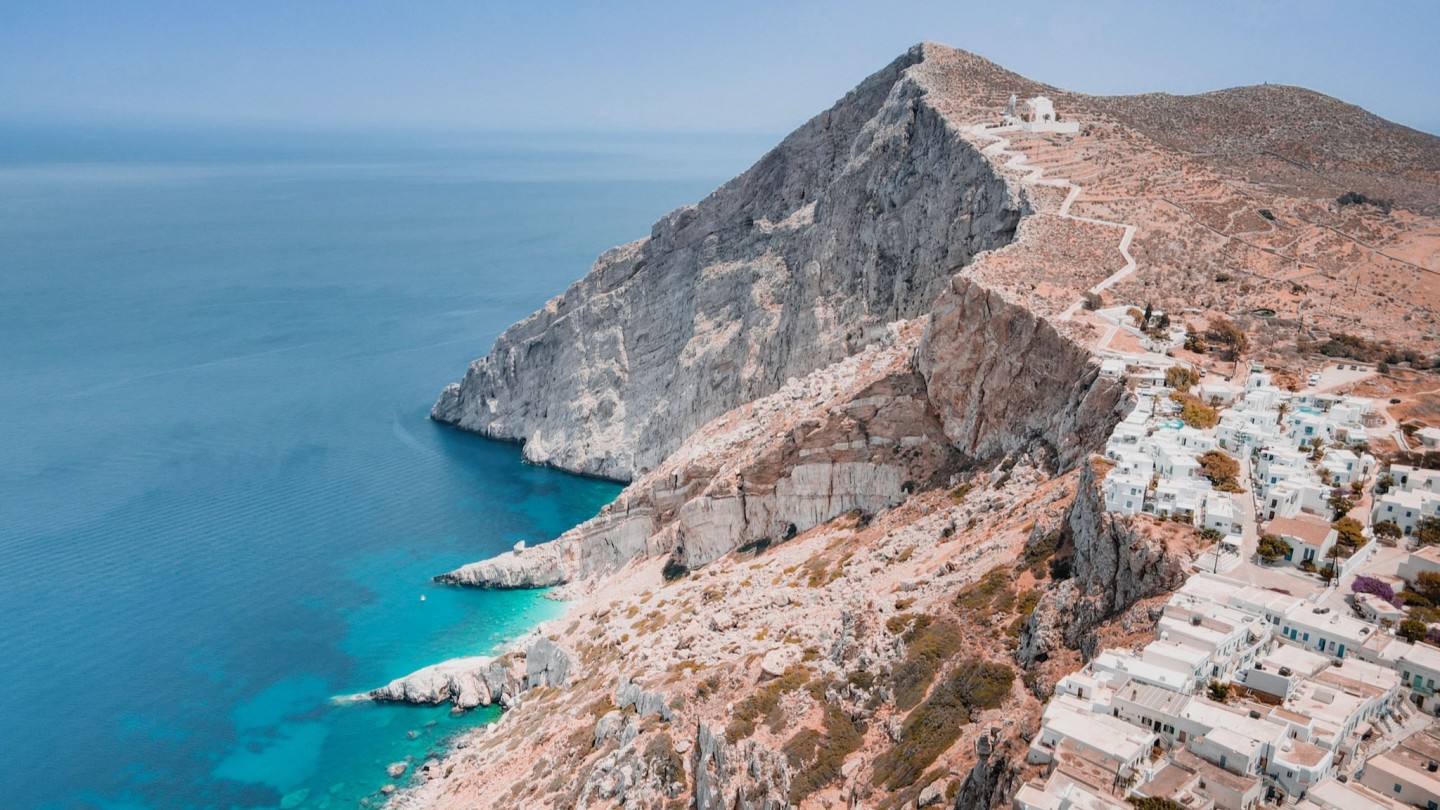
Roula Khalaf, Editor of the FT, selects her favourite stories in this weekly newsletter.
Central Otago, New Zealand
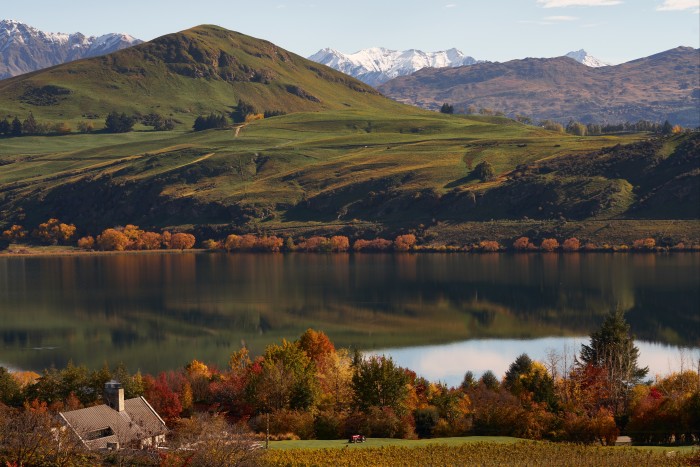
Come for the staggering scenery, of course: strapping mountain ranges capped in snow (occasionally even in summer), green-gold plains quilted in meadows and fields, stands of tall poplars shimmering in the sun, and lakes in improbably vivid shades of turquoise and chalcedony. Then there are the thrills. If you’re the sort of person who runs at cliff edges with a parachute strapped to your back or hurtles down trails at 40kmph on a mountain bike, rejoice – you’ve found your bliss.
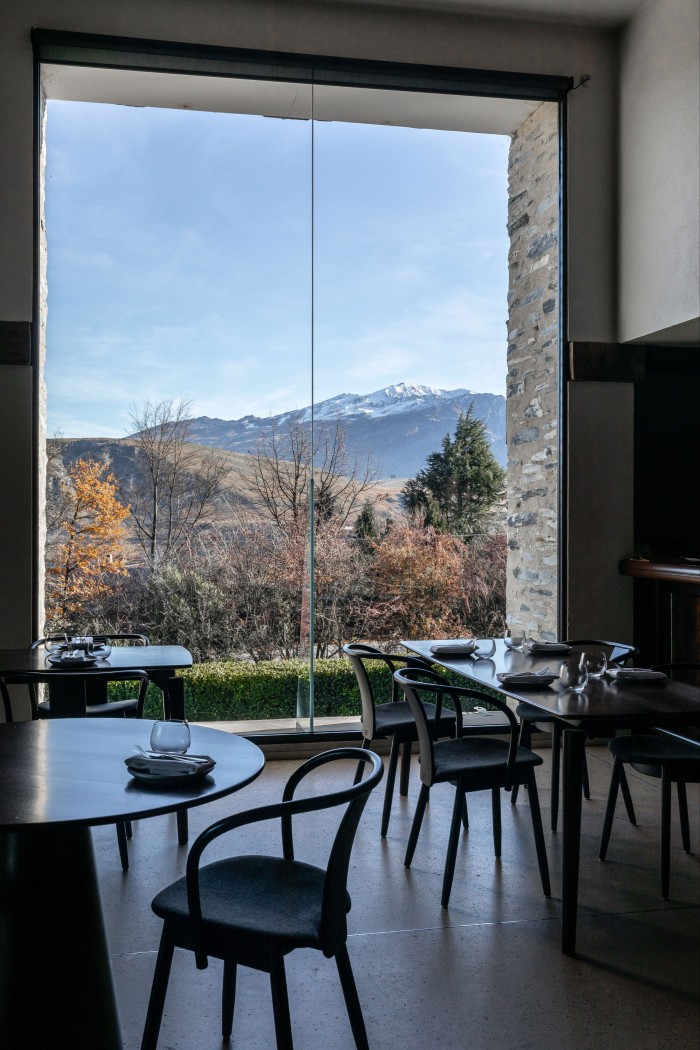
Grant Taylor, the owner-winemaker at Valli, produces some of the finest pinot noir in the southern hemisphere; the ones Sam Neill makes over at Two Paddocks in Alexandra are pretty good too; and the bistro at Amisfield is being touted by some as the country’s best restaurant since chef Vaughan Mabee took over the kitchen. Kiwi food star and cookbook author Nadia Lim – who with her husband, fifth-generation Otago farmer Carlos Bagrie, owns and runs Royalburn Station, a picture-book (and award-winning) regenerative farm – has opened a farm shop in Arrowtown that could give Daylesford a run for its money.
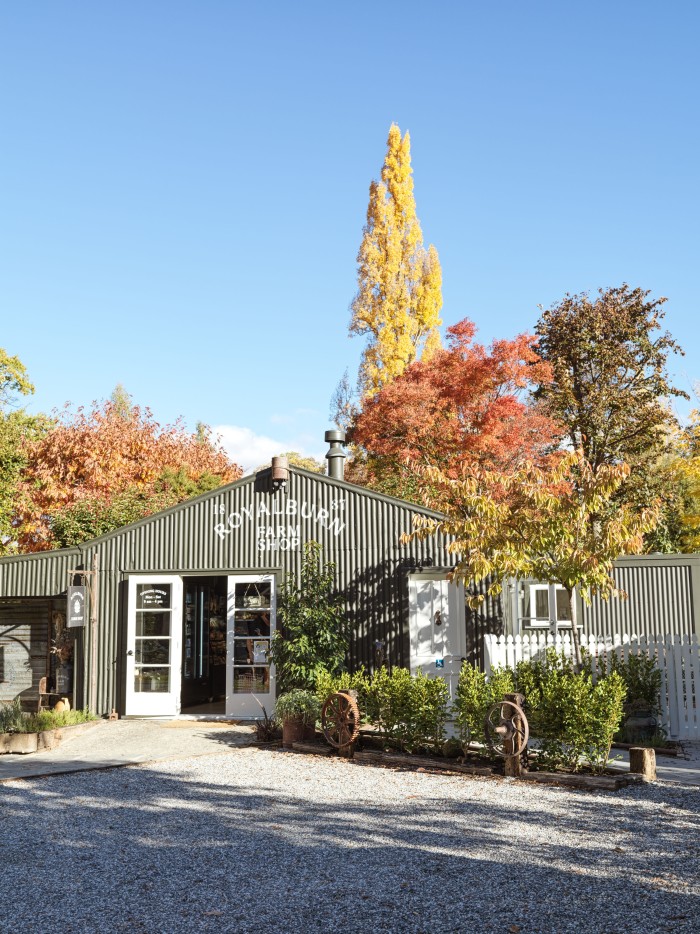
A few miles down the road is Ayrburn, a NZ$200mn (about £98mn) redevelopment of a 60-hectare former station, whose original buildings are being reimagined as restaurants and bars, a tiny tile-clad dairy and, eventually, a boutique hotel. Think Soho Farmhouse with a Middle Earth backdrop. Rosewood has planted its flag at Matakauri, the lodge opened more than two decades ago by the Robertson family on the shores of Lake Wakatipu.
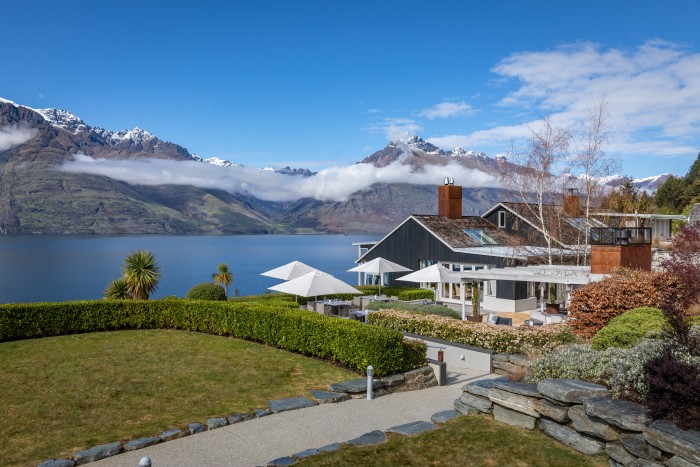
Or, if you’re looking to embed a bit in the local community, book a long weekend at Stevenson’s Cottage, an 1870s gold-rush cottage in Arrowtown with a sleek (if diminutive) new addition. rosewoodhotels.com, from NZ$2,400. Stevenson’s Cottage, airbnb.com, from NZ$350
Calabria
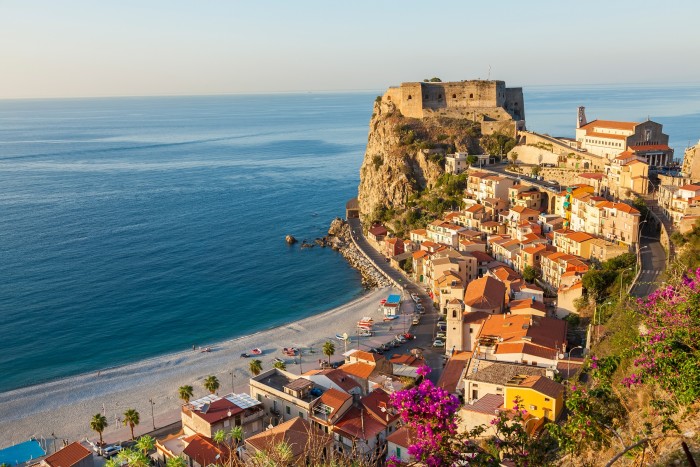
In a country that’s running acutely low on places to experience without running into, well, everyone else on the planet, this Italian region still feels a bit like a discovery. Calabria definitely isn’t all beautiful all the time; its history is too rife with organised crime, local government corruption and poverty for the environment, whether built and natural, not to show some scars (be ready for a few roads lined with half-finished breezeblock buildings).
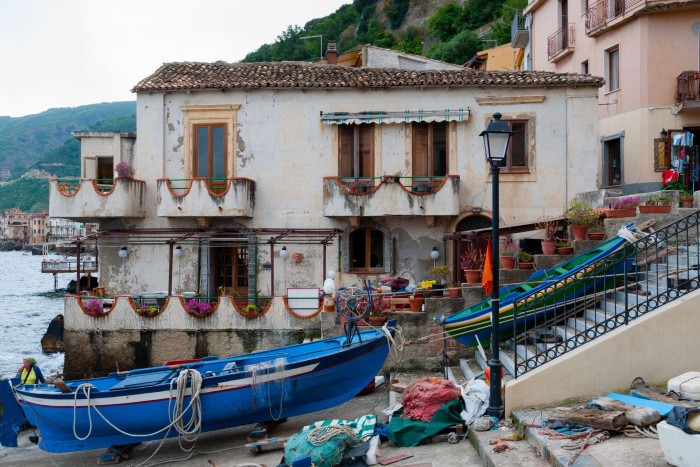
But it’s also a locus of some of the country’s richest Greco-Roman history and myth, and lovely stretches of Ionian- and Tyrrhenian-sea coastline. You can sit in the charming (if a tiny bit tumbledown) town of Scilla, sipping your aperitivo, and look out to Torre Faro, where the Odyssean sailors in Homer’s epic poem narrowly evaded Charybdis. The Riace bronzes – two of the most famous sculptures to have survived from ancient times – dazzle from their plinths at the Museo Nazionale della Magna Grecia, in the tip-of-the-boot city of Reggio Calabria. In old Tropea, clinging to its cliff above a ribbon of award-winning white beach, you can wander a labyrinth of lanes and sip coffee in hidden piazzas the size of sitting rooms, then hire a boat and explore the coves of Occhiale Beach.
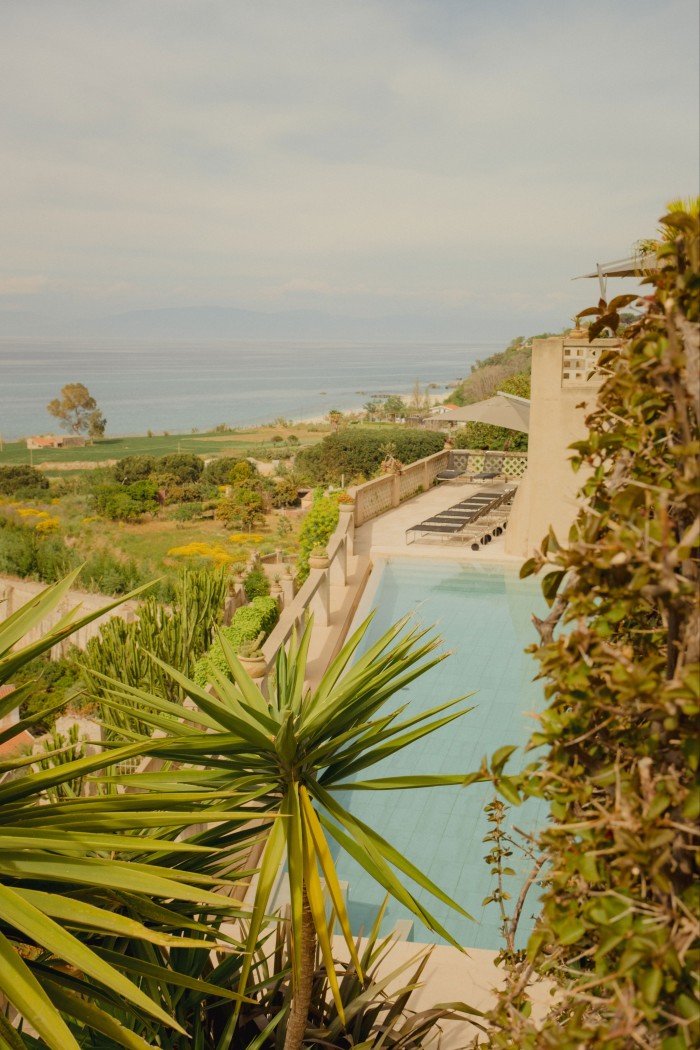
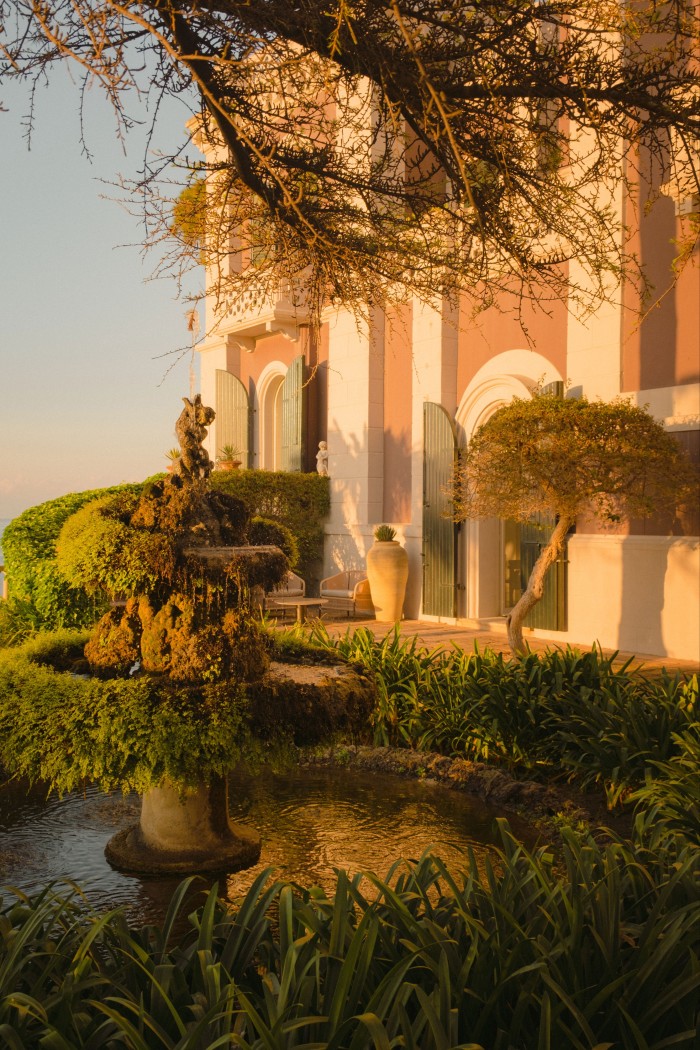
Stay at Villa Paola, whose 12 sunny rooms in a 16th-century former convent a kilometre from the old town mix antique headboards with 20th-century iconic Artemide lights and Barcelona chairs. villapaolatropea.it, from around €595
Okavango Delta, Botswana
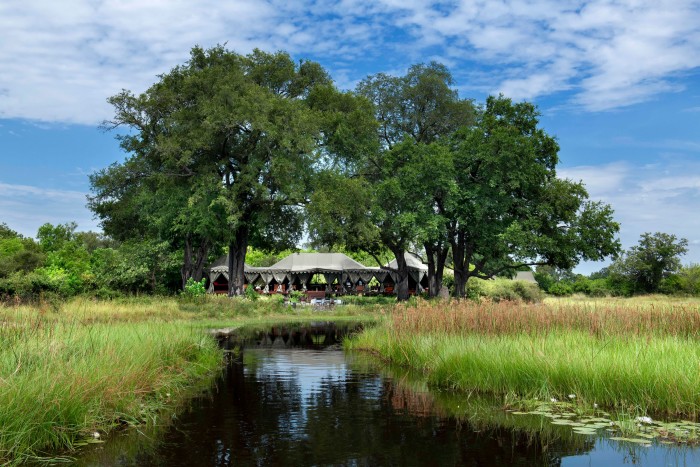
Duke’s Camp and North Island Okavango are brand-new extensions of venerated African brands. The former is an outpost of the Bousfield family’s Jack’s Camp, located 200 miles south-east at the edge of the Makgadikgadi Pans in the Kalahari Desert, and brings all the same lavish design detail (Moroccan lanterns, tapestry rugs, swaths of Indian block-print cottons). The latter is a sister to the legendary Seychelles Private Island – formerly North Island Seychelles – after which it was named, and goes as long as the original does on space and sumptuous details. (Both are full-bore luxury, with the attendant prices.)
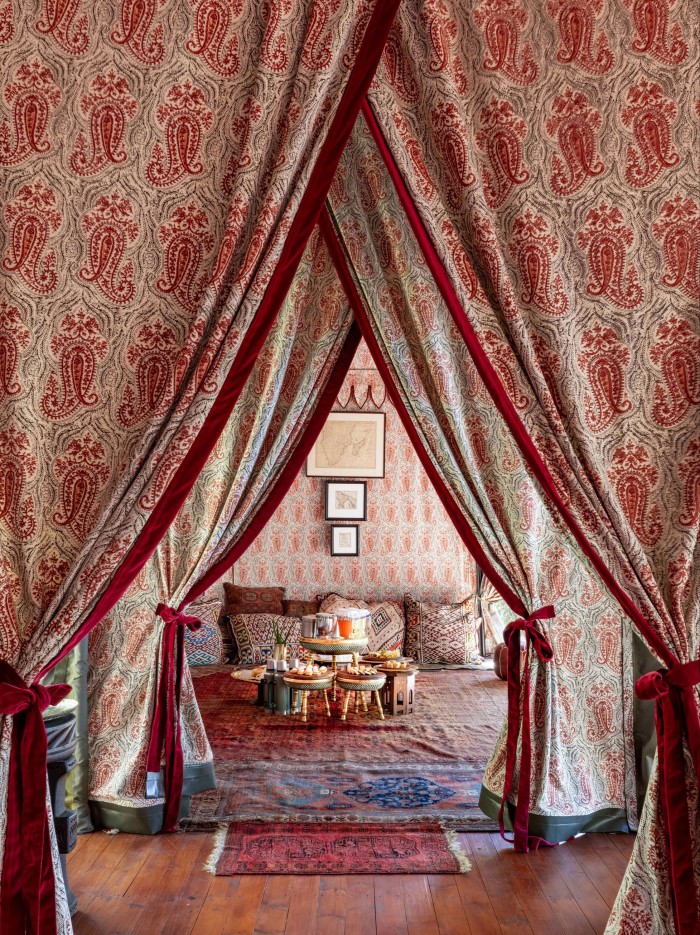
In July, African Bush Camps, the outfit founded by Zimbabwean super-guide Beks Ndlovu, opened Khwai Lediba on the Khwai river, at the edge of the Moremi Reserve. With six tents (plus one family tent with a common area), it’s a more intimate scale (and a lot less expensive) than many in its comp set. And in early summer 2024, Wilderness will reopen its Tubu Tree and Little Tubu camps following total, contemporised rebuilds of both; Little Tubu, with just three tented suites and dedicated guides, trackers and chef, is ideal for families.
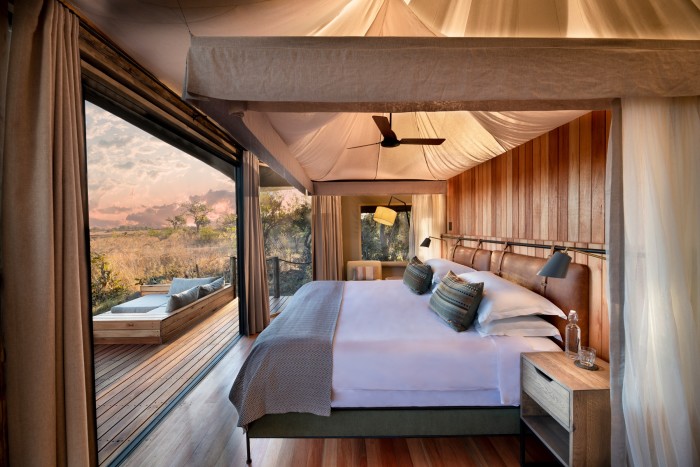
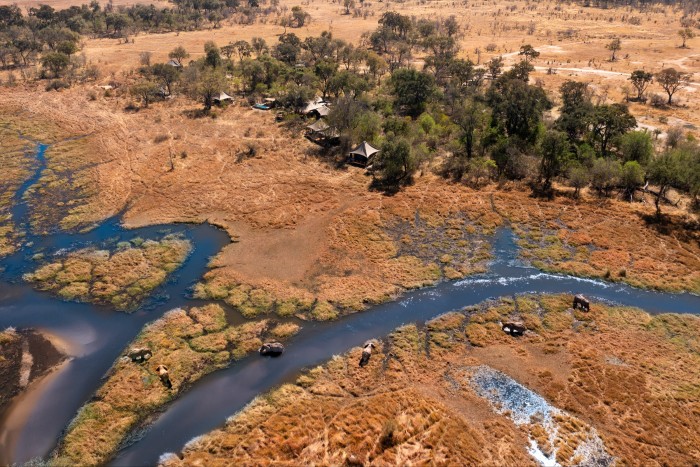
The Jao reserve, whose 60,000 hectares have been owned by the Kays family since 2000, is a wetland wonderland, where bird enthusiasts will be rewarded with hundreds of species; the ample antelope populations – red lechwe, impala, tsessebe – bring the big cats in after them.
Duke’s Camp from $960pp; North Island Okavango from $1,395pp, both naturalselection.travel. Khwai Lediba, africanbushcamps.com, safaris from around $4,700. Tubu Tree/Little Tubu, wildernessdestinations.com, from $1,410pp
Folegandros
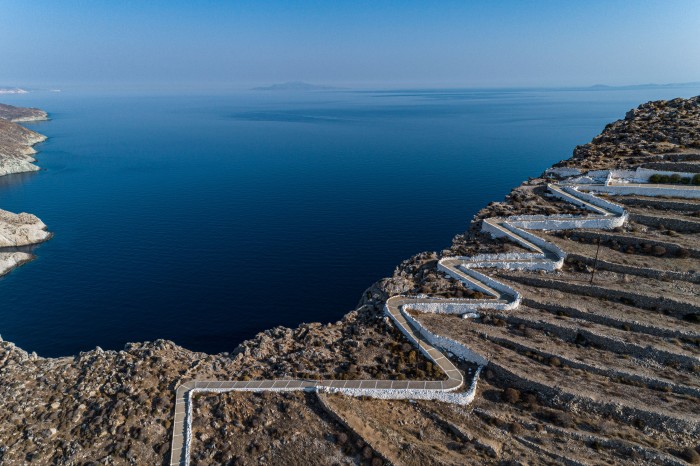
Since the days of the Cycladic era that derived its name from theirs 5,000 years ago, a journey spent among the constellation of famous Greek islands floating in the cerulean Aegean has never been a bad idea. You might go for the pumping beats and scene-y restaurants of Mykonos and Santorini; or make for the opposite paradigm, the far quieter coves and whitewashed villages of a Kimolos or Amorgos. Folegandros could be said to fall somewhere between the two moods, if not any of the actual geography. It’s just difficult enough to get to (the ferry arrives from Mykonos, Santorini or Piraeus, but it’s a substantial commitment either way), and just rustic enough once you’re there, to make it feel worthwhile. The best beaches are known to require a bit of trail-tramping, but reward with stretches of pebble that are frequently near-empty, even in summer.
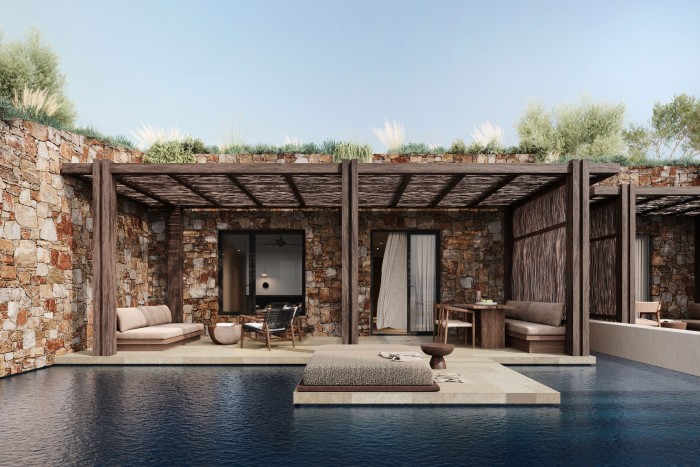
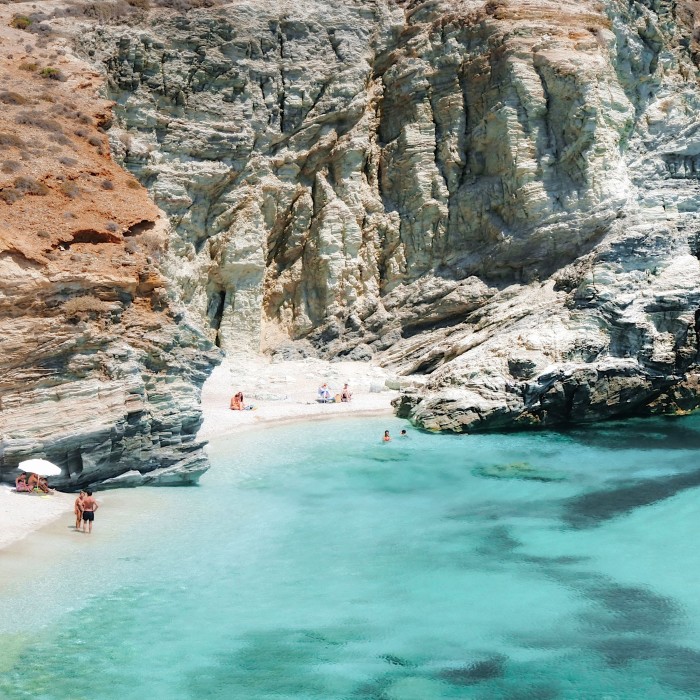
The buzz right now is all around the opening of Gundari in May. It bills itself as the island’s first five-star resort – which, depending on your leanings, will provoke excitement or alarm. But the initial news is promising: 27 suites and villas designed by Athens-based studio Block722, constructed with sustainable materials set in 80 acres overlooking the sea, in the island’s south-east. The spare, contemporary architecture conforms to the roughness of the landscape (meaning natural rock formations are occasionally enlisted as walls or structural elements), and there’s lots of common indoor and outdoor space; the palette is all earth and water tones.
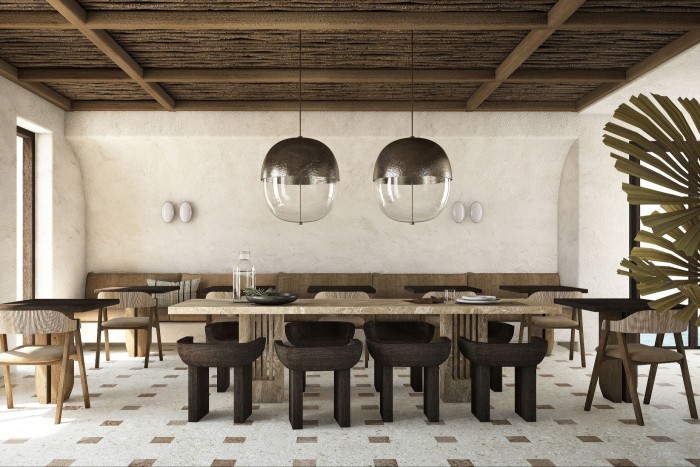
There will be a 25m cliff-edge pool, a spa using all-natural botanicals from the island, and a menu created by Lefteris Lazarou, whose Varoulko restaurant in Piraeus has earned him a Michelin star and much national affection. gundari.com, from €600
Comments